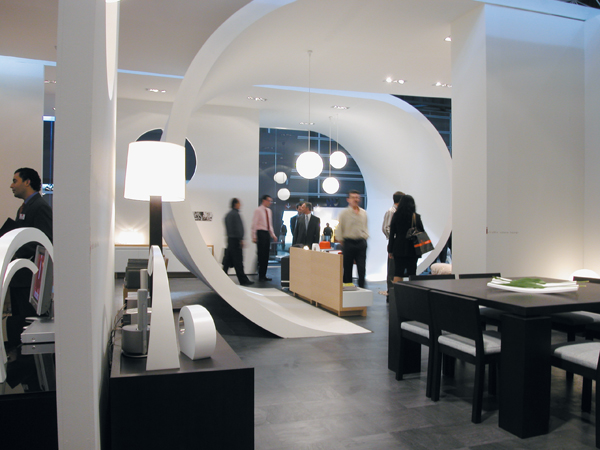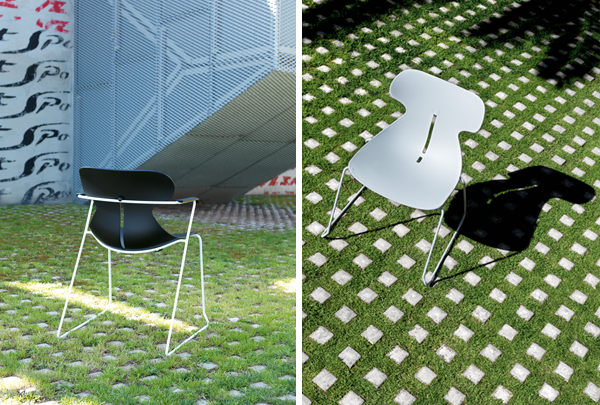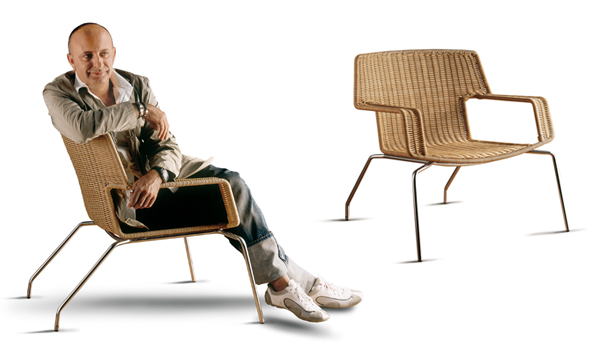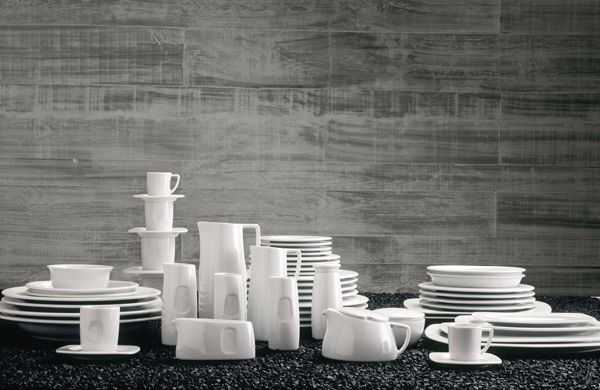I find it very hard to write about Ximo Roca despite the fact that everybody knows him to be a splendid designer with many projects, awards and an unblemished and financially successful professional career under his belt.
The problem for me is that I know a different Ximo, over and above his public image as a designer. When I think about him, what comes to mind are memories of a hugely enjoyable night spent with friends, singing and knocking back a treacherous drink that goes by the misleadingly innocent name of Agua de Valencia. I remember a dinner featuring amazing sardines at one of La Malvarossa’s many busy restaurants; and making friends with the most extraordinary people between drinks.
Another Ximo memory is of enjoying the unique experience of eating genuine paella with his charming family: paella, that is, in the Valencian style, made with local native vegetables from Valencia’s fertile huerta and the striped white snails known as xonetes that are essential ingredients of this delicious dish.
And I could go on, for there is plenty of detailed material to call on when you have been friends for over a decade. But it would probably not be appropriate here and, anyway, would almost certainly constitute a breach of confidence. Even so, if you find this account turning rather personal, I hope that you’ll make allowances and forgive me.
Malva.rrosa Collection, Porvasal, 2001.
To be able to place him geographically, you need to know that Ximo is a native of Castellar, where he still lives today. Castellar is a municipal district of Valencia city that lies very close to the Albufera Natural Park. It is a huddle of houses and artisan workshops that, over the course of the last century, has become incorporated into the big city. This little knot of population is structured around one street (called calle Principal – Main Street – the name it was originally given either out of laziness or in expectation of greater things, and which has stuck), off which side-streets and buildings lead. Ximo’s studio is at No. 54.
If asked to cite a family that has exemplified the way that production systems have evolved, one could do no better than the Roca Asensio familyThere is a point to all this introductory information, because just beside the studio stands an old carpentry workshop. This has fallen into relative disuse over the years, but it used to be the domain of Ximo’s maternal grandfather, a member of the Asensio family (Ximo’s full surname is Roca Asensio).
The Asensios have a tradition of working with wood that stretches back as far as Ximo’s great-grandfather, a skilled cabinet-maker. He was succeeded by Ximo’s grandfather and mother and now by his great-grandson Ximo, the designer. If asked to cite a family that has exemplified the way that production systems have evolved from their craft origins up to contemporary design, via industrial development and post-industrialisation, one could do no better than the Roca Asensio family as a classic case of evolving and adapting with the times.
Although I didn’t know him then, it is quite easy to imagine the enquiring child given the run of the workshop he had always known, painlessly encountering and acquiring the tricks of the trade. Nor is it hard to picture him later as a young man after passing his baccalaureate exams having to make that invariably tough decision: What shall I study? The spirit of enquiry came to the fore again, for he chose to explore how to develop the trade, how to take it one step further. He took a degree in design.
And this is where his professional CV begins; as a recent graduate he made contact with various companies in the Levante (eastern Spain), working for them briefly before joining the product team of Andreu World, a chair-making company with an outstanding reputation within Spain and one of the top in Europe as a whole.
Following this period spent accumulating professional experience, he returned to Castellar in March 1989 and launched the practice that he heads to this day. The Ximo Roca Diseño studio team is made up of professionals whose scope encompasses different but closely inter-related areas, so that the service that the practice can offer is very wide-ranging.
 Ximo Roca's stand for Incola, at the Feria de Valencia, 2003.
Ximo Roca's stand for Incola, at the Feria de Valencia, 2003.
Its drawing boards produce with equal alacrity corporate images, pieces of porcelain, chairs, domestic furniture, lamps, sanitary fittings… A lesser-known part of their work, but one which produces remarkable results, is concerned with what has come to be known by the (not altogether happy) label of ‘ephemeral architecture’. This means things like trade fair stands, shop window displays, exhibitions … in short, architecture with a short shelf-life, designed to last a few days or weeks at most.
This is an area in which Xim functions with apparently effortless elegance, achieving marvellous results with typically scant resources. If he is so good at spatial concepts, when, we wonder, is he going to produce a piece of tectonic work? It need not be particularly big or complicated: a week-end house would do, or an industrial hangar, or a plaza… You can bet that whatever it is, there will be a lovely surprise quality to it, revealing that Ximo has his finger on the architectural pulse, too. Watch this space.
 Mariquita (Ladybird), Industrias Tagar, 2008.
Mariquita (Ladybird), Industrias Tagar, 2008.
Fifteen long and productive years have certainly been capitalised upon: over five hundred projects have emerged from the studio and, counting variations and developments on product ranges, the number of products designed easily passes the thousand mark. There are few professional designers under fifty with such a productive career to their name. As one might expect, the authorial hand is revealed in these projects in the form of various common denominators, of which the most notable is perhaps rigour of approach. Rigour, that is, in the best sense of the word. Ximo’s early experience working for furniture companies definitively shaped his approach to the designing process.
The pieces designed at the studio are far from flashy. They are always hybrid productsCreating a product for a company requires the designer to immerse himself in the productive possibilities of the companies that engage him, so that he can analyse their capacities down to the smallest detail and get the best out of them. Ximo thus became a part of the company, readily accessible and easy to talk to, applying his technical knowledge-base and taking a daring formal approach in his designs so that the projects that he undertook achieved amazing results, surprising even the producers themselves, each and every product far exceeding initial creative limitations.
The pieces designed at the studio on Castellar’s calle Principal are far from flashy. They are always hybrid products in that they are very controlled and obey the stipulations of their brief, while at the same time being connected to what is going on around them and in tune with the dominant trends at the time.
As he admits himself, Ximo’s declared intention of designing competitive, attractive products requires him to adopt a position that straddles both the need to be on the ball as regards the global situation in the sector and the desire to endow each project with a special quality that differentiates it and makes it stand out from all the rest.
 Ximo Roca sat in the chair Kif, Bonestil, 2005.
Ximo Roca sat in the chair Kif, Bonestil, 2005.
Among the pictures illustrating this report are examples of designs for products using artisan wicker weaving techniques – updated for use with synthetic fibres – applied in various ranges of seating. I warm particularly to this project because of the way that it brings together a method that had been teetering on the brink of extinction with a new typological concept, the end result being a completely novel product. This exemplary design, given formal expression in several different pieces, beautifully illustrates Ximo Roca’s career path and know-how: while he keeps a close eye on competitions, publications and exhibitions for the latest mould-breaking tendencies, his feet are still very firmly on the ground in that Castellar carpentry-shop near the Albufera.
Published in Experimenta 53.





